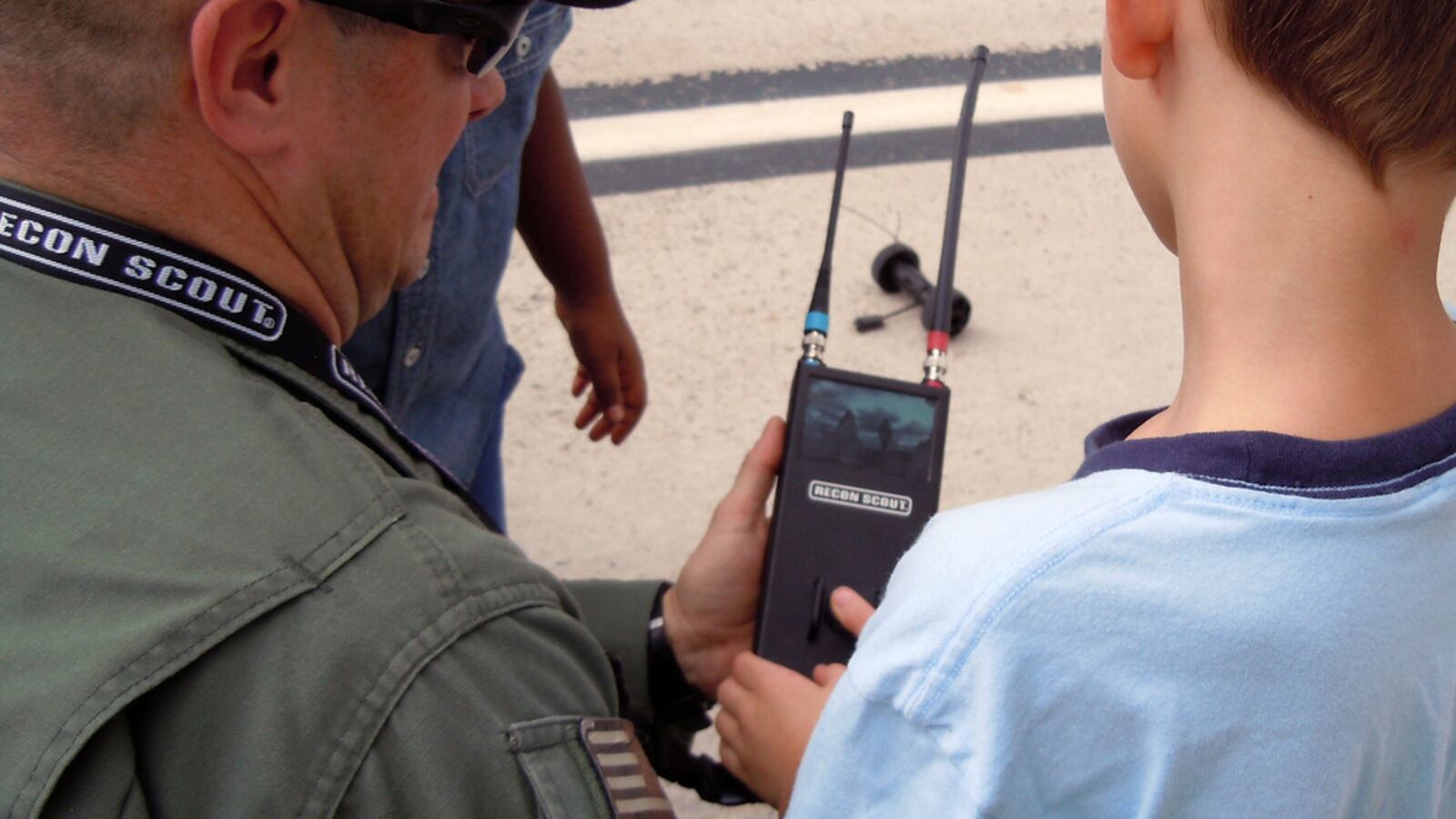I once watched a school react to an incident where a student had overdosed on multiple bottles of cough syrup.
After dealing with the initial emergency and ensuring the child went to the hospital, the school didn’t treat the incident as a mental health issue or suicide attempt. Instead, officials turned to their “go to” person for handling difficult student issues: the school’s police officer.
The officer’s, and thus the school’s, only response was to investigate what crime the child could be charged with, not what help he needed.
For the past decade, I have been studying how we police schools and punish students. I have found in my research that the presence of officers can change the school environment in subtle ways – from one that focuses on children’s social, emotional, and academic needs to one focusing on policing potential criminals.
In many of these schools, police officers are being asked to deal with a range of issues that are very different from traditional policing duties, such as being a mental health counselor for a traumatized child. My recent book, “The Real School Safety Problem,” and a growing body of other studies point to the fact that, indeed, schools ask police to do too much.
How did we get here?
Estimates suggest that the practice of placing police officers in schools became popular in the early 1990s, as society began to rethink policing and punishment. That resulted in more rigorous policing practices and an expansion of our prison system.
In 1999, following the Columbine school shooting, when two teens went on a shooting spree, policing grew further as federal funding increased for police officers in schools.
However, for over 20 years, school crime has been plummeting. Between 1993 and 2010, the number of students who reportedly became victims of a violent crime at school decreased by 82 percent. Importantly, research on causes of this decrease (which mirrors declines in juvenile crime outside of schools) has not reliably found any link between increased policing and decreased crime. Since most schools are now safe places, officers in them aren’t needed to respond to many crimes.
So they are being asked to do many other tasks.
There are no national data on what officers do while at schools. But studies in specific schools find that officers are being asked to deal with mental health problems, family crises, self-injurious behavior and manifestations of childhood trauma. They also mentor students and teach law-related courses.
That’s a lot. But in many cases, their training isn’t as comprehensive.
Every jurisdiction makes its own decision about what officers should do in schools, and the training that they should receive to work in schools. The National Association of School Resource Officers does offer a week-long basic training course. But students’ mental health and other problems are, not surprisingly, often beyond the skills gained from a week-long course.
Even if they are trained, police officers are not mental-health professionals — whose years of training and practice teach them how to calm youth down, assess mental health needs, and address the underlying causes of student misbehavior.
Police officers in schools do often serve as mentors and role models. For example, the officer I described above – who looked to charge a potentially suicidal student with a crime – had volunteered to work in a school because of his desire to help kids.
He took time to advise youth and was a positive influence in the lives of many. Often students would come to his office to ask for advice, and just “check in.” He would respond with care and compassion.
The cost of the daily presence of police, though, outweighs the benefit in the majority of schools. For example, the officer I describe above switched roles dramatically when he thought a crime might have been committed. Then he would act like any traditional officer focused only on law and order.
In those moments, he failed to address the underlying cause of the problem. By relying on him as the primary responder to student problems, the school replaced a focus on social issues and mental health with a focus on law enforcement.
The result is that children often do not receive the help they need, and officers are placed in a no-win position by being asked to respond to students’ needs as if they had the same training as a mental health professional.
The fact is, they do not — and we should be careful to remember that.
A version of this piece first appeared on The Conversation.
About our First Person series:
First Person is where Chalkbeat features personal essays by educators, students, parents, and others trying to improve public education. Read our submission guidelines here.


